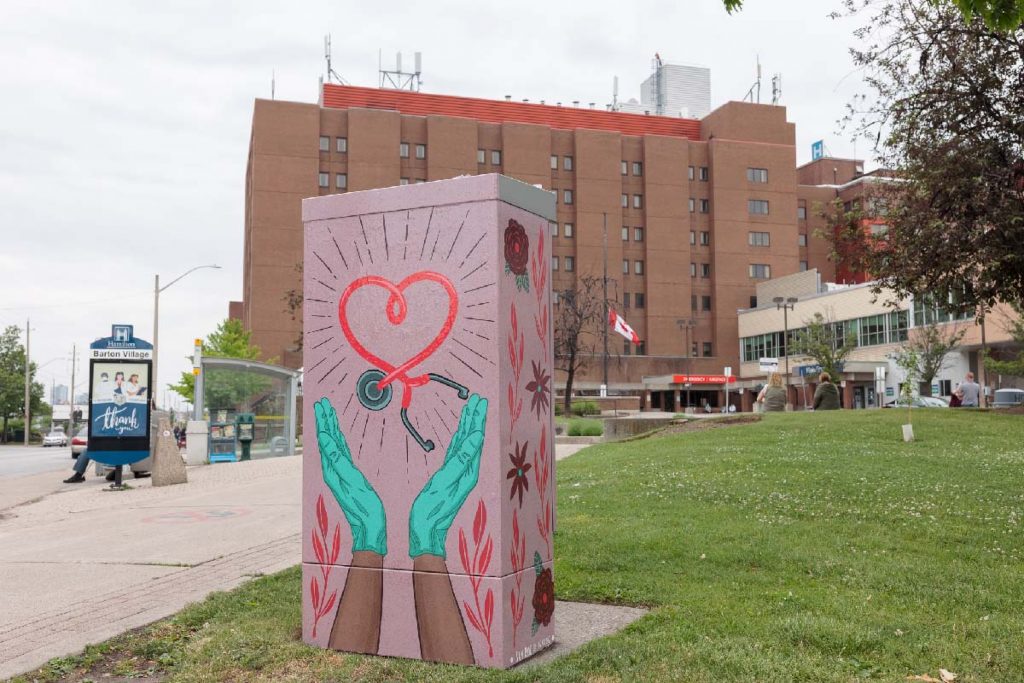
Renewed effort is needed to fix longstanding problems made worse by COVID-19

by Rob MacIsaac, President & CEO, Hamilton Health Sciences
The impact of COVID-19 on Canadian health care is already evident. The pandemic widened pre-existing stress fractures in the sustainability and resilience of our health care system. The urgency to mend these fractures is becoming greater by the day. There are three broad categories of repairs deserving swift attention – improving population health, modernizing healthcare infrastructure, and bolstering health human resources.
Government investment needed
The negative impact on population health will be challenging to overcome. Postponed diagnostics, surgeries and other delayed procedures have increased the amount of undiagnosed and untreated illness in our communities. Health disparities among those experiencing barriers to care may widen further. The proven collaboration between health system partners during the pandemic – to enact public health protocols, open testing centres and launch local vaccination programs – is worthy of continued investment by government as a means to safely and equitably recover the health of our population.
Outdated hospital facilities make us vulnerable
The accelerated renewal of health care infrastructure is also vital to the recovery effort. We cannot confront 21st century health problems inside hundred-year-old facilities. This was made evident during the pandemic as COVID-19 spread quickly through outdated hospital wards built to meet infection standards from a bygone era. Ambulances lined up outside facilities lacking adequate bed capacity. If we do not expedite the renewal and expansion of outdated emergency departments, critical care units and inpatient wards, we will continue to be highly vulnerable to future pandemics.
More healthcare workers vital for recovery
This risk increases exponentially if hiring gaps persist – current and emerging – in our health care workforce. Prior to 2019, vacancies for healthcare workers needed in growing hospital services were already not being filled. As one example, surgical nursing shortages were evident across Canada. This situation has worsened during the pandemic, as workers retire or exit healthcare for other reasons. It will be impossible to reduce the list of backlogged surgical procedures without the required nursing staff. It will also be very challenging to increase other hospital services, or expand capacity in long-term care and home care. More skilled workers were needed before the pandemic and the situation now poses a critical risk to the sustainability of quality healthcare.
These challenges existed before COVID-19, but the risk of inaction has increased remarkably. This has been the most profound impact on health care arising from the pandemic.
